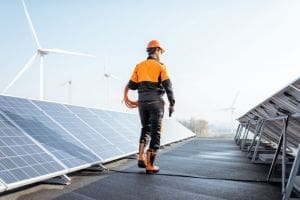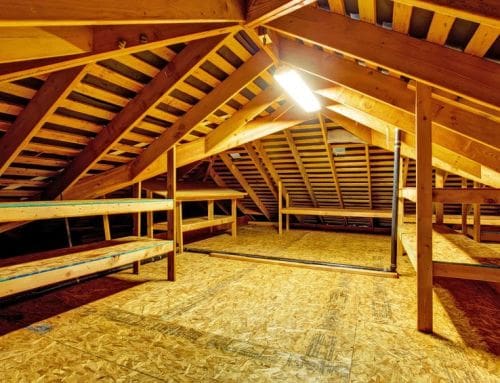
The military has been showing an increased interest in renewable energy recently. They have been procuring increasing amounts of energy to add to their energy security framework. The most recent update on the matter comes from the Army’s Energy Initiatives Task Force and the US Army Corps of Engineers. 13 biomass vendors were selected to compete for future orders. This round of selections is the 4th in recent months from the geothermal, solar, and wind industry. It represents a critical policy implementation step for the Department of Defense’s (DOD) path to energy security.
According to recent updates, the systems will be “designed, financed, constructed, operated and maintained by contractors using private sector financing.” In the Army’s current purchasing framework, they will buy renewable energy through power purchase agreements (PPA). This arrangement will leave the private industry to bear all the upfront capital costs.
The initial RFP (request for proposal) addressed in the most recent announcement uses a MATOC. The Multiple Award Task Order Contract, or MATOC, is one tool in the federal contracting toolshed. It’s intended to streamline the contractor selection process by quickly awarding contracts at individual installations.
This strategy puts the Army’s adoption of renewable energy ahead of the DOD projects addressing microgrids. Several of the DOD’s projects are in the demonstration phase. However, the DOD has yet to define “installation energy security” regarding the technical requirements or standards for microgrids. This omission raises questions about whether the department is efficiently optimizing its resources. It isn’t easy to assess how much installation energy security the Army is likely to buy without defined technical requirements.
An October 2012 report by BENS (Business Executives for National Security) addressed this issue, recommending that the DOD establish specific energy security requirements to help integrate renewables procurement into microgrids. The report also advocated for microgrids to be defined by specific characteristics. These characteristics include; being “islandable,” having the ability to integrate renewable energy, being black-start-capable, being sustainable for weeks and months, and being cyber-secure.
Read more in GreenTechMedia.com




